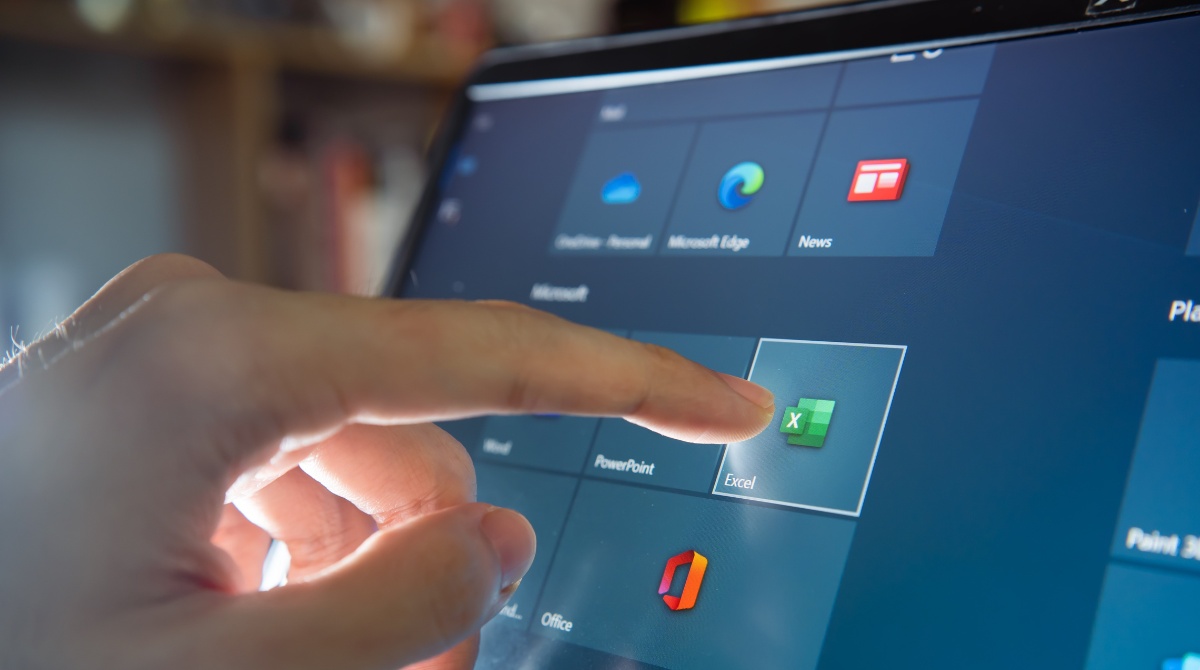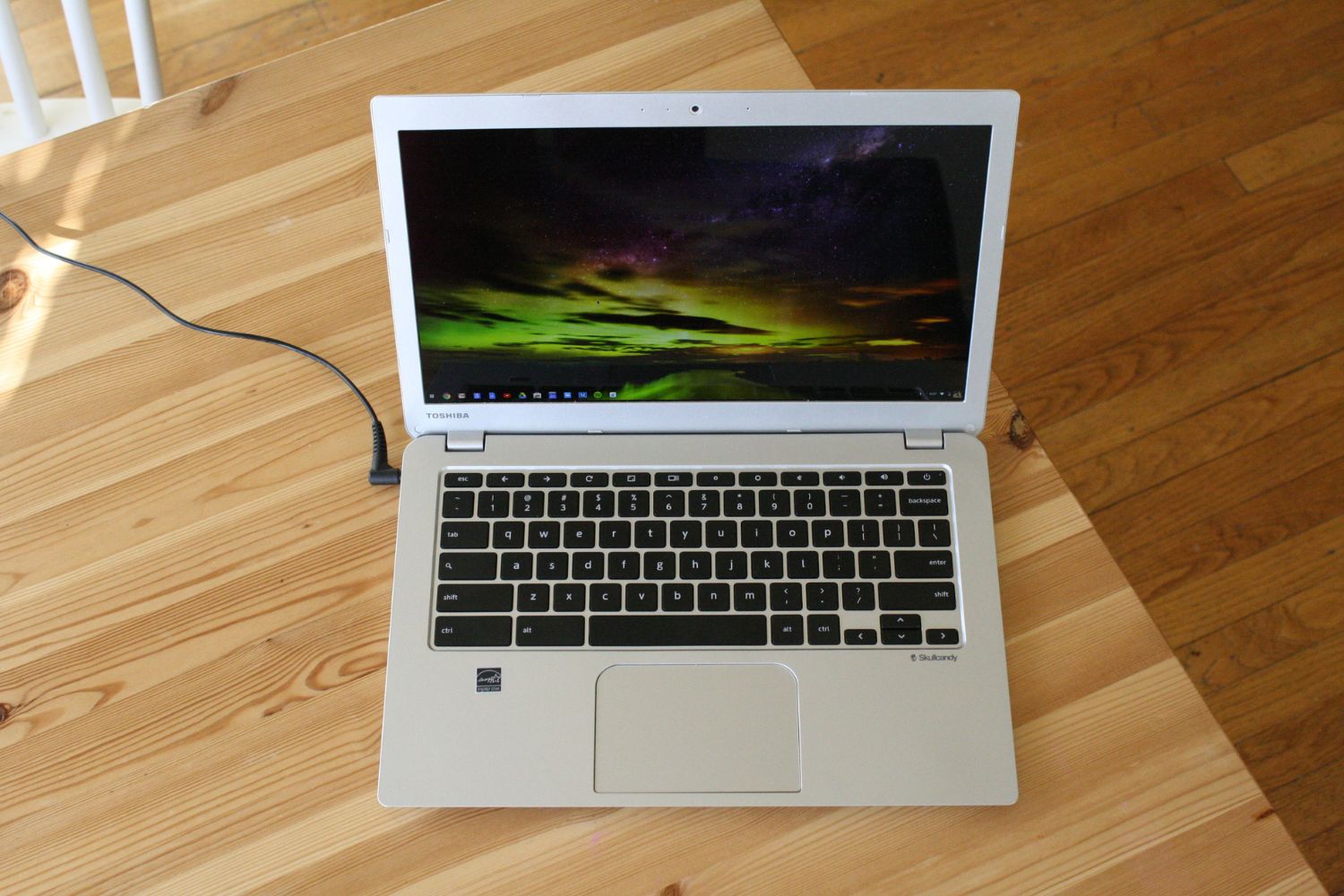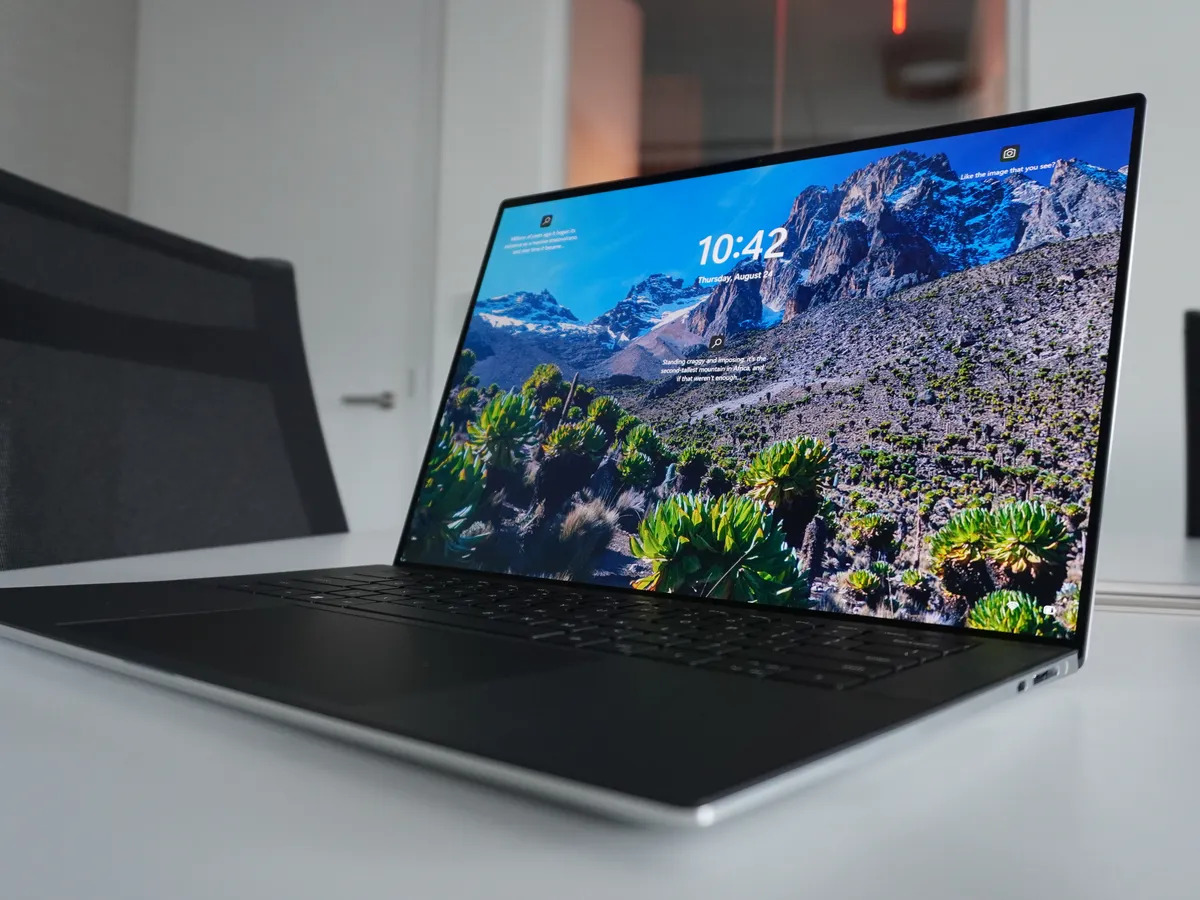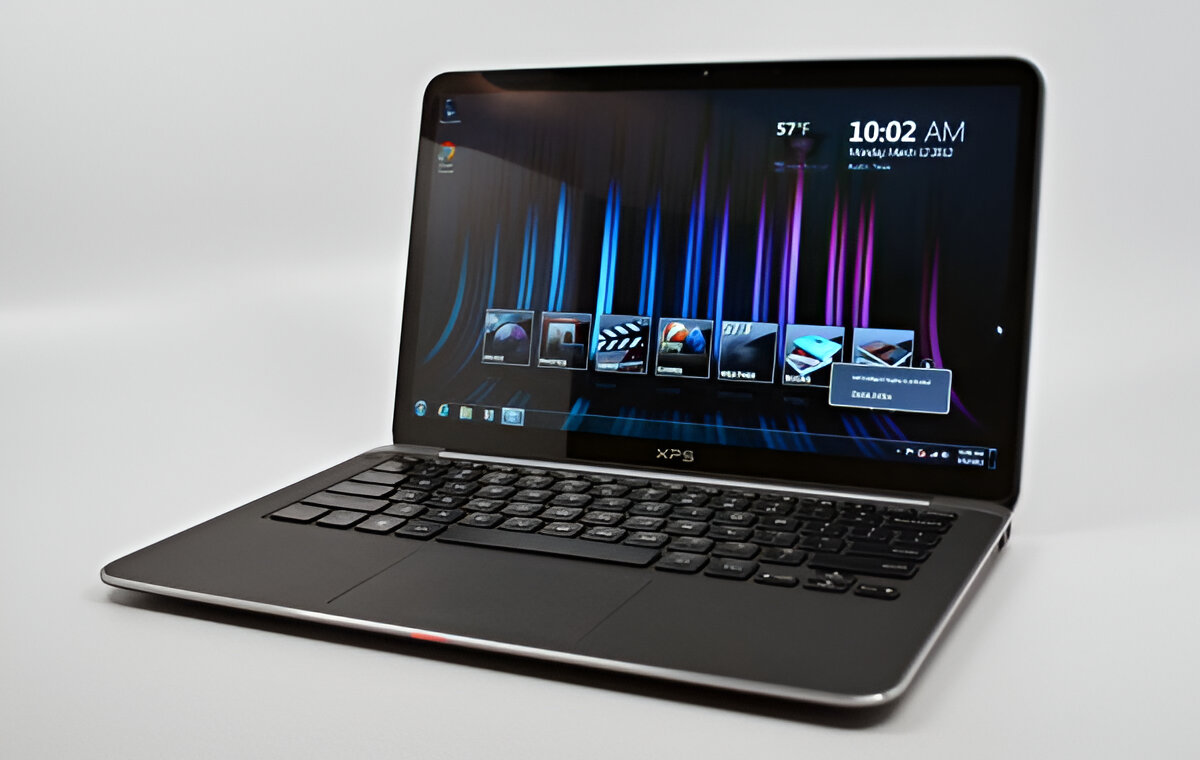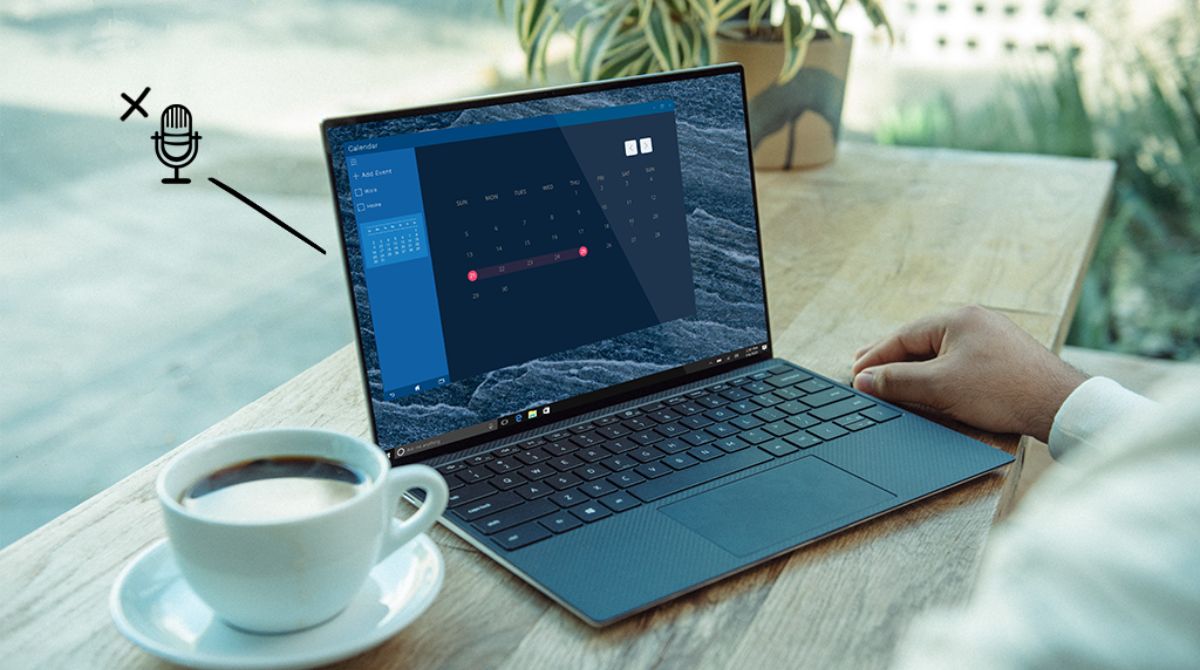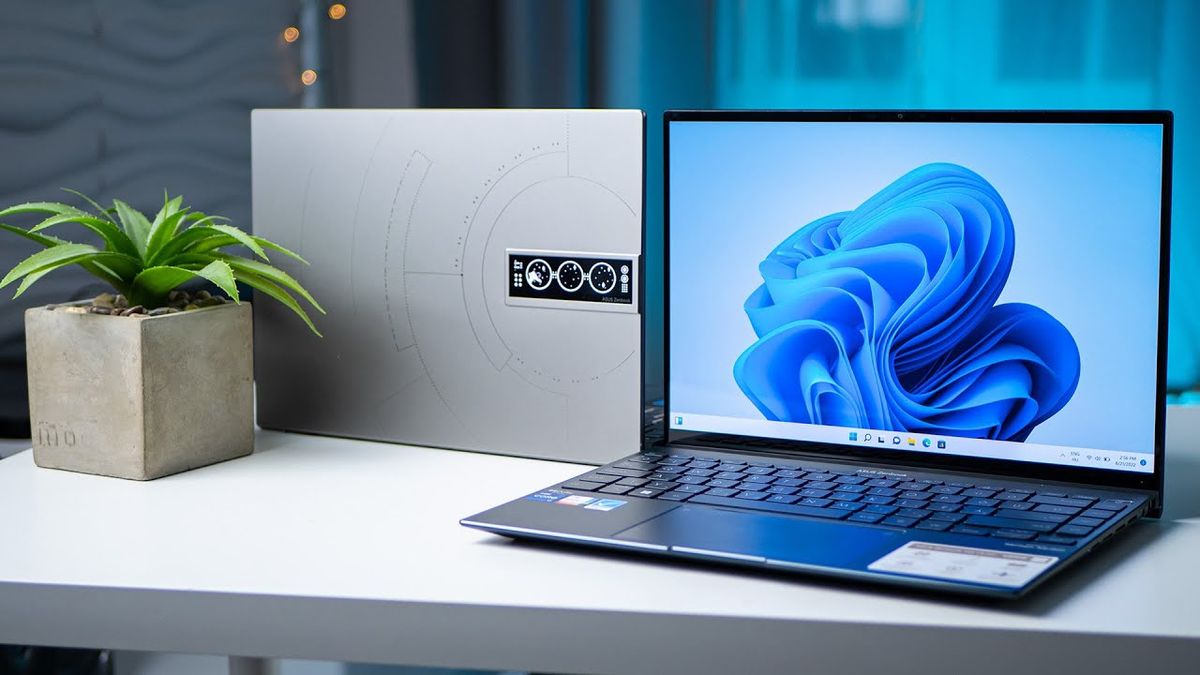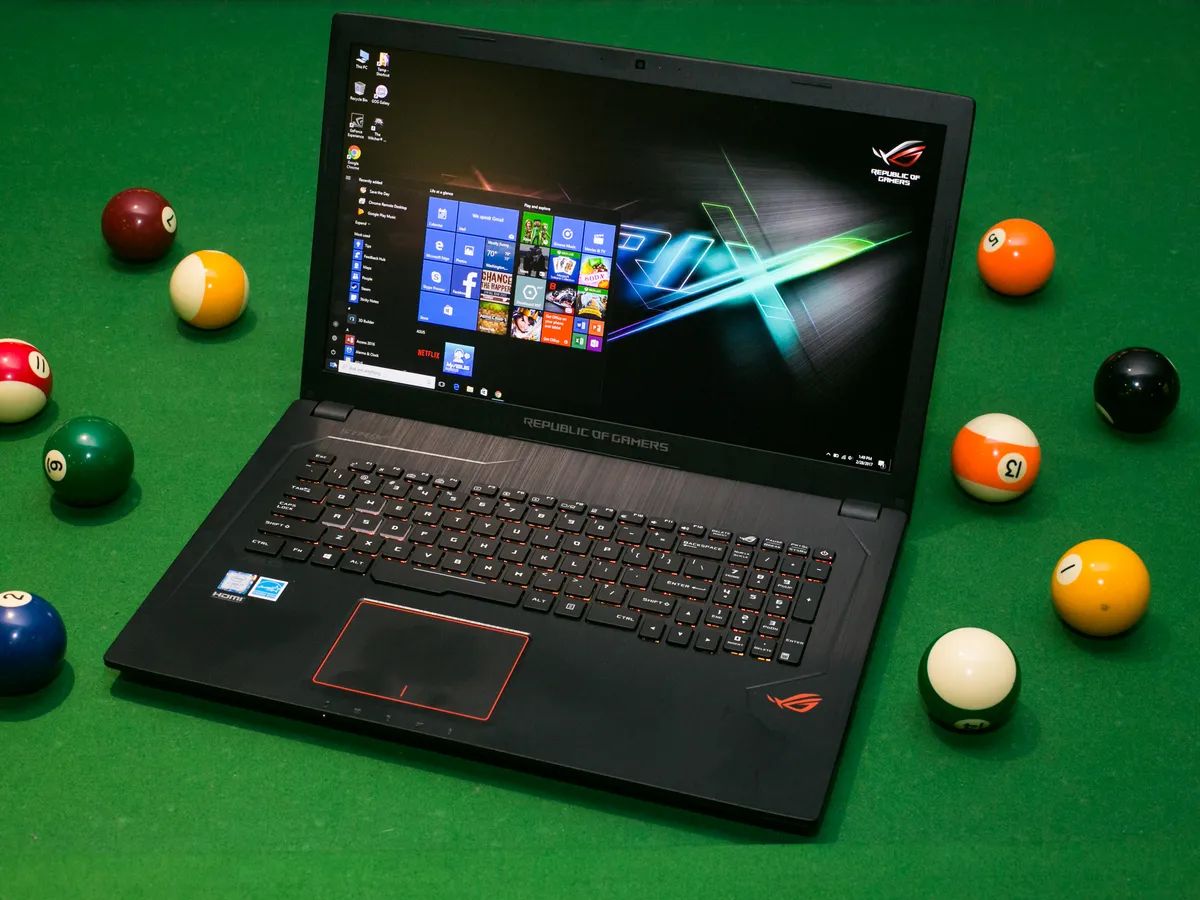Introduction
Are you tired of accidentally touching your trackpad while typing on your Asus laptop? Do you want to disable the trackpad temporarily or permanently? Fortunately, there are several methods you can use to achieve this on your Asus device. Whether you prefer a quick keyboard shortcut, accessing the control panel, or using specialized software, this guide will walk you through the different options available to disable the trackpad on your Asus laptop.
The trackpad on your Asus laptop can be a convenient and essential input device, but it can also be a source of frustration if it interferes with your workflow. Accidental touches while typing can result in cursor jumps, highlighting text, or mistakenly clicking on links. By disabling the trackpad, you can avoid these issues and enhance your overall computing experience.
In the following sections, we will explore four methods to disable the trackpad on your Asus laptop. These methods include using a keyboard shortcut, accessing the device manager, utilizing the control panel, and utilizing the Asus Smart Gesture utility. Each method caters to different preferences and scenarios, allowing you to choose the most suitable option for your needs.
So, if you’re ready to regain control over your Asus laptop’s trackpad, dive into the methods outlined ahead and follow the step-by-step instructions provided. Whether you’re a casual user or a tech-savvy individual, disabling the trackpad will significantly enhance your productivity and ensure a more seamless computing experience.
Method 1: Using the Keyboard Shortcut
One of the quickest and easiest ways to disable the trackpad on your Asus laptop is by using a keyboard shortcut. This method allows you to toggle the trackpad on and off with just a few key presses. Here’s how you can do it:
- Press the Fn key and the F9 key simultaneously.
- Your trackpad should now be disabled.
By pressing the Fn key and the F9 key together, you activate the trackpad toggle function. This keyboard shortcut is typically found on Asus laptops and is a convenient way to quickly disable and enable the trackpad whenever needed. It is important to note that the specific key combination may vary depending on the make and model of your Asus laptop.
Using the keyboard shortcut to disable the trackpad is especially handy if you frequently switch between using a mouse and the trackpad. By disabling the trackpad when a mouse is connected, you can avoid accidental touchpad activations and ensure smoother and more precise cursor movements with your mouse.
To re-enable the trackpad, simply press the same Fn and F9 key combination again. This will toggle the trackpad back on, allowing you to use it as usual.
Overall, using the keyboard shortcut to disable the trackpad on your Asus laptop is a straightforward and effective method. It provides a quick and convenient way to toggle the trackpad on and off, giving you more control over your input options and enhancing your computing experience.
Method 2: Using the Device Manager
Another method to disable the trackpad on your Asus laptop is by using the Device Manager. The Device Manager is a built-in Windows tool that allows you to manage and control various hardware devices connected to your computer. Follow these steps to disable the trackpad using the Device Manager:
- Press the Windows key + X key on your keyboard to open the Power User Menu.
- Select “Device Manager” from the list of options.
- In the Device Manager window, locate and expand the “Mice and other pointing devices” category.
- Right-click on the entry for your trackpad (it might be listed as “HID-compliant mouse” or have a specific driver name) and select “Disable device” from the context menu.
Once you have disabled the trackpad, it will no longer be functional. This means that any input from the trackpad, including taps, swipes, and gestures, will be ignored by your Asus laptop. Disabling the trackpad through the Device Manager offers a more permanent solution to ensure that the trackpad remains disabled even after rebooting your system.
If you ever want to re-enable the trackpad, follow the same steps outlined above, but select “Enable device” instead of “Disable device” in the context menu. This will activate the trackpad and restore its normal functionality on your Asus laptop.
Using the Device Manager to disable the trackpad gives you more control over your Asus laptop’s hardware devices. It is particularly useful if you want to ensure that the trackpad remains disabled regardless of external factors or software settings.
By following these steps to disable the trackpad through the Device Manager, you can effectively manage the input options on your Asus laptop and tailor them to your preferences and needs.
Method 3: Using the Control Panel
If you prefer a more user-friendly approach, you can disable the trackpad on your Asus laptop using the Control Panel. The Control Panel is a centralized hub in Windows that allows you to customize various settings and features on your computer. Here’s how you can disable the trackpad using the Control Panel:
- Press the Windows key + X key on your keyboard to open the Power User Menu.
- Select “Control Panel” from the list of options.
- In the Control Panel window, set the “View by” option to “Large icons” or “Small icons” to display all the available control panel items.
- Click on the “Mouse” option to open the Mouse Properties window.
- In the Mouse Properties window, navigate to the “Device Settings” or “Touchpad” tab (the specific name may vary depending on your laptop model).
- Look for an option to disable the trackpad or touchpad and select it.
- Click on the “Apply” or “OK” button to save the changes.
Once you have disabled the trackpad through the Control Panel, it will no longer respond to any input, ensuring that accidental touches or gestures won’t interfere with your work or activities on your Asus laptop. This method offers a more convenient and accessible way to control the trackpad settings directly from the Windows interface.
If you ever decide to enable the trackpad again, follow the same steps, but instead, look for an option to enable the trackpad or touchpad and select it. After applying the changes, the trackpad will be reactivated on your Asus laptop.
Using the Control Panel to disable the trackpad gives you more control over the input devices on your Asus laptop. It is a great option if you prefer a visual interface that allows you to modify settings through straightforward options and menus.
By utilizing the Control Panel to disable the trackpad, you can easily customize your Asus laptop’s input options and tailor them to your specific preferences and requirements.
Method 4: Using the Asus Smart Gesture Utility
Asus laptops often come pre-installed with the Asus Smart Gesture utility, which is a dedicated software that allows you to customize and control various touchpad settings. This utility provides an easy and effective way to disable the trackpad on your Asus laptop. Follow these steps to disable the trackpad using the Asus Smart Gesture utility:
- Locate the Asus Smart Gesture icon in the system tray on your taskbar (it looks like a white touchpad icon).
- Right-click on the icon to open the Asus Smart Gesture settings.
- In the settings window, look for an option to disable the trackpad or touchpad and select it.
- Save and apply the changes.
By using the Asus Smart Gesture utility, you can easily enable or disable the trackpad as per your preference. This software provides a more comprehensive interface that allows you to fine-tune various touchpad settings, including sensitivity, gestures, scrolling behavior, and more.
Should you decide to re-enable the trackpad, simply follow the same steps and select the option to enable the trackpad instead. Apply the changes, and the trackpad will be activated on your Asus laptop once again.
The Asus Smart Gesture utility offers a convenient and efficient way to manage your trackpad settings directly from a dedicated software application. It allows you to personalize your touchpad experience, disabling it when necessary to avoid accidental input or interference during your work or activities.
Using the Asus Smart Gesture utility to disable the trackpad on your Asus laptop gives you greater control and flexibility over your touchpad settings. It is a recommended method for users who prefer to have access to advanced touchpad customization options and find them easier to manage through a dedicated software interface.
Conclusion
Having the ability to disable the trackpad on your Asus laptop can greatly improve your computing experience, whether you prefer using a mouse or simply want to prevent accidental input. In this guide, we explored four different methods to disable the trackpad on your Asus device: using the keyboard shortcut, accessing the Device Manager, utilizing the Control Panel, and using the Asus Smart Gesture utility.
Using the keyboard shortcut is a quick and easy way to toggle the trackpad on and off with just a few key presses. The Device Manager provides a more permanent solution to disable the trackpad, ensuring that it remains disabled even after rebooting your system. The Control Panel offers a user-friendly interface to manage and control your trackpad settings directly from the Windows interface. Lastly, the Asus Smart Gesture utility gives you access to advanced customization options for your trackpad.
By following these methods, you can find the most suitable approach to disable the trackpad on your Asus laptop based on your preferences and needs. Whether you want a temporary or permanent solution, a visual interface or a keyboard shortcut, these methods offer flexibility and convenience.
Remember, if you ever want to re-enable the trackpad, simply follow the same steps but select the option to enable it instead. This way, you can switch between using a mouse and utilizing the trackpad as and when needed.
By disabling the trackpad on your Asus laptop, you can enjoy a smoother computing experience that is free from accidental touches or interference. This feature allows you to have more control over your input options and can greatly enhance your productivity.
So, whether you’re a student, professional, or casual user, take advantage of these methods to disable the trackpad on your Asus laptop and enjoy a more customized and streamlined computing experience.









